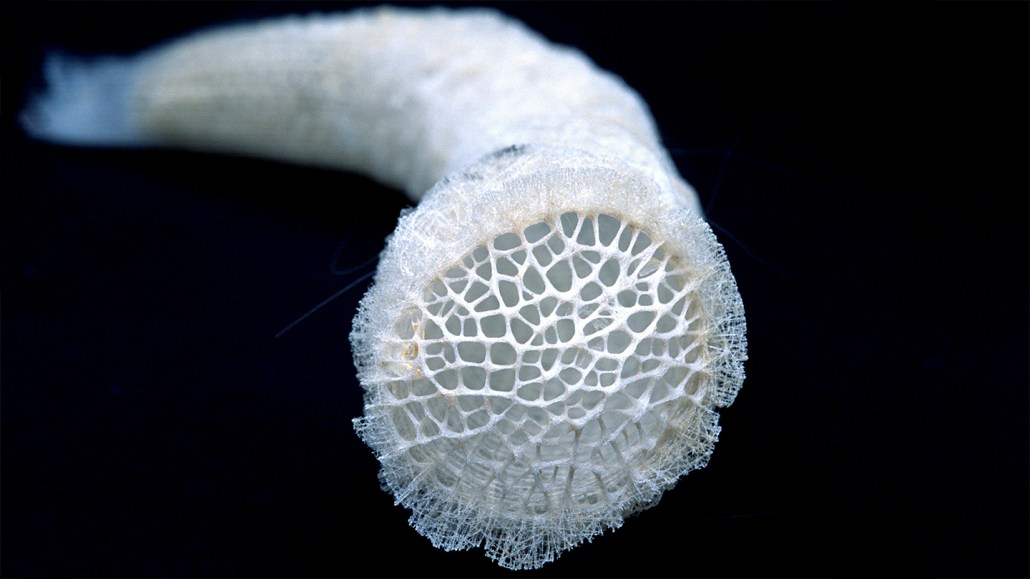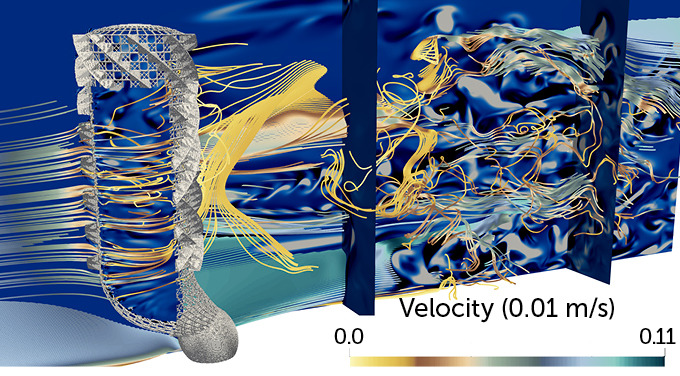How intricate Venus’s-flower-baskets manipulate the flow of seawater
Simulations show that this deep-sea glass sponge’s skeleton is more than just pretty

The Venus’s-flower-basket is a sea sponge found at depths of 100 to 1,000 meters in the Pacific Ocean near the Philippines. A new study shows how the creature’s porous, glassy skeleton alters the flow of seawater.
agefotostock/Alamy Stock Photo







